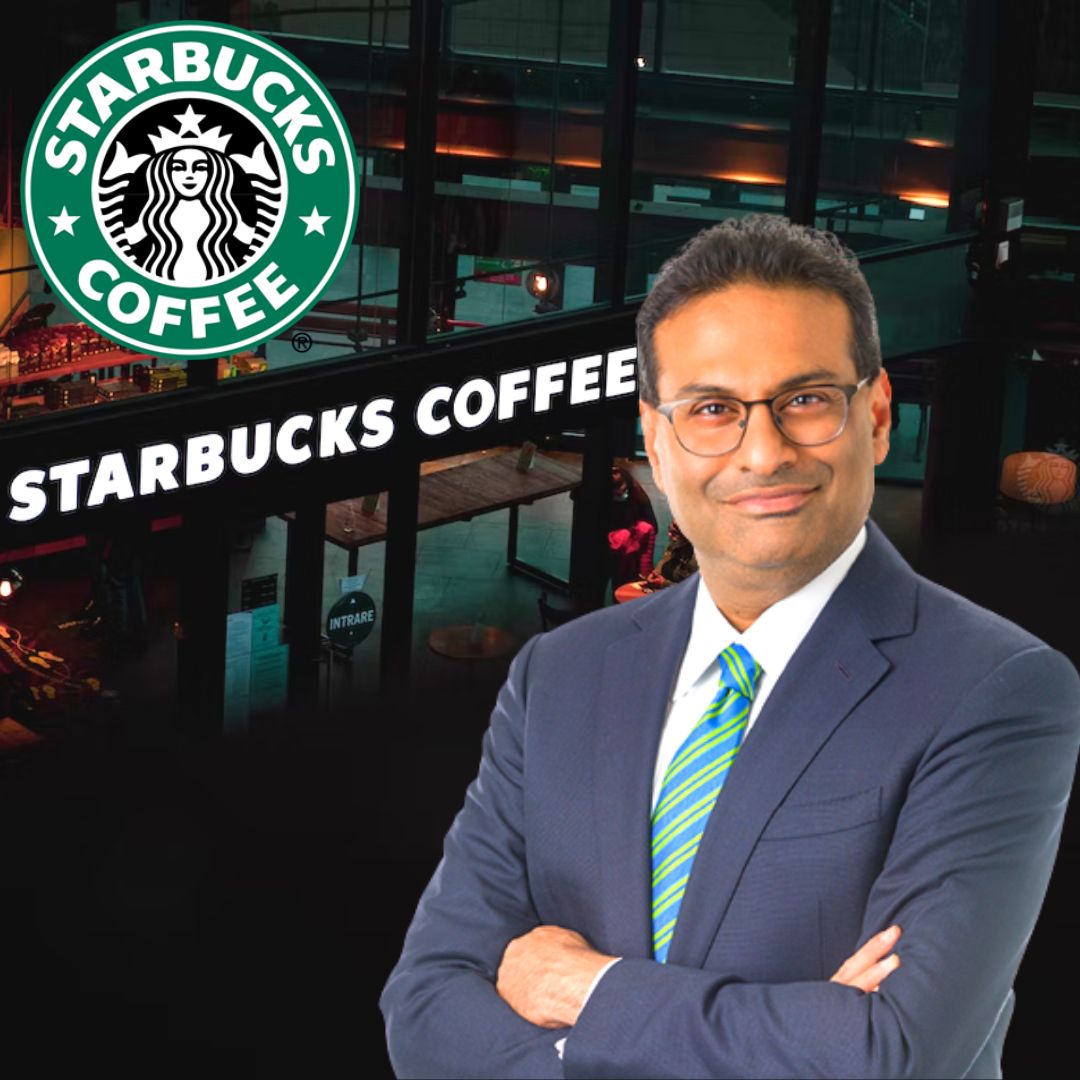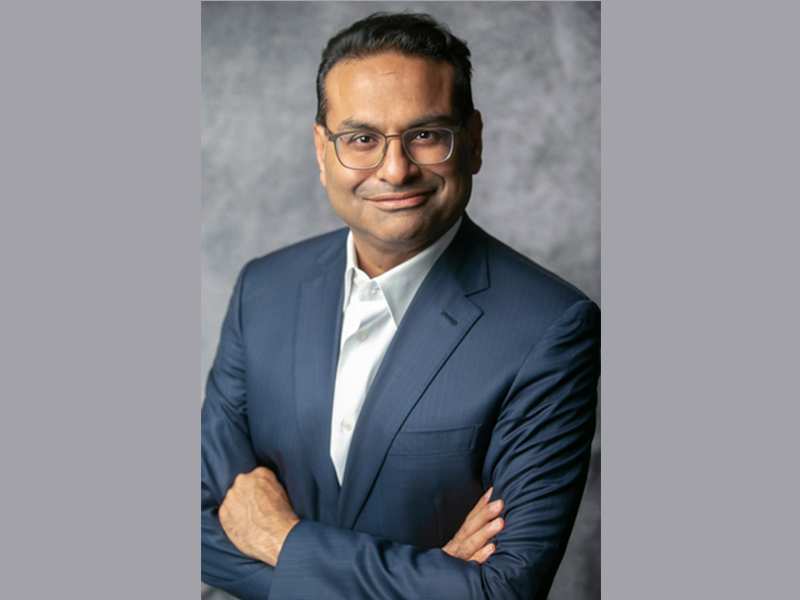Leadership and Management Style

Starbucks’ current CEO, Laxman Narasimhan, assumed his role in April 2023. While his leadership style is still evolving, initial observations suggest a focus on operational efficiency, customer experience, and strategic growth. This approach is distinct from his predecessors, each of whom brought their own unique leadership styles to the company.
Impact of Current CEO’s Leadership on Corporate Culture
Narasimhan’s leadership has been marked by a commitment to improving operational efficiency and streamlining processes. This focus on cost optimization and productivity is reflected in the company’s recent initiatives, such as the closure of underperforming stores and the implementation of new technology to enhance efficiency.
Narasimhan’s emphasis on customer experience is another defining characteristic of his leadership. He recognizes the importance of providing customers with a positive and memorable experience, which is evident in the company’s recent investments in digital innovation and personalized customer service.
Comparison of Leadership Styles of Previous Starbucks CEOs
Howard Schultz, Starbucks’ founder and former CEO, is known for his charismatic and visionary leadership. His passion for coffee and his commitment to creating a unique and inclusive culture were instrumental in establishing Starbucks’ early success. Schultz’s leadership style was often described as transformational, inspiring employees to share his vision and strive for excellence.
Jim Donald, Schultz’s successor, took a more pragmatic approach to leadership, focusing on operational efficiency and cost control. His leadership style was characterized as transactional, emphasizing clear goals and performance metrics.
During his tenure, Schultz returned to the CEO position, once again bringing his vision and passion to the forefront. However, his second tenure was marked by a focus on innovation and expansion, with a particular emphasis on digital technology and global growth.
Key Decisions of the Current CEO Shaping Starbucks’ Trajectory
One of Narasimhan’s key decisions was the closure of underperforming stores, a move designed to streamline operations and improve profitability. This decision reflects his commitment to operational efficiency and cost optimization.
Another significant decision was the implementation of new technology to enhance customer experience. This includes investments in digital ordering and payment systems, personalized recommendations, and mobile ordering capabilities. These initiatives demonstrate Narasimhan’s focus on innovation and digital transformation.
Vision for the Future of Starbucks
Narasimhan’s vision for Starbucks’ future is centered around creating a “customer-obsessed” company that leverages technology to enhance the customer experience. He envisions a Starbucks that is both digitally enabled and human-centered, providing customers with personalized and seamless experiences.
This vision aligns with Starbucks’ core values of creating a positive and welcoming environment for customers and employees. Narasimhan’s leadership emphasizes the importance of community and connection, reflecting Starbucks’ commitment to social responsibility and ethical sourcing.
Business Strategies and Initiatives: Ceo Of Starbucks

Starbucks, under the leadership of its current CEO, has implemented a number of business strategies aimed at driving growth and enhancing customer experience. These strategies encompass a range of initiatives, including mobile ordering, loyalty programs, and global expansion, which have shaped the company’s current trajectory.
Mobile Ordering and Loyalty Programs
Mobile ordering and loyalty programs have become integral to Starbucks’ business model. These initiatives have significantly contributed to the company’s success by increasing customer engagement, convenience, and revenue.
- Mobile Ordering: Starbucks’ mobile ordering platform allows customers to place orders ahead of time and skip the queue, enhancing convenience and speed. This initiative has resulted in increased sales and efficiency, as customers can bypass lines and collect their orders quickly. Data suggests that mobile orders now account for a significant portion of Starbucks’ transactions.
- Loyalty Programs: The Starbucks Rewards program incentivizes repeat customers through personalized offers, free drinks, and exclusive perks. This program fosters customer loyalty and encourages repeat purchases, contributing to increased revenue and customer retention.
Global Expansion
Starbucks has been aggressively expanding its global footprint, entering new markets and catering to diverse customer preferences. This strategy has been successful in expanding the company’s reach and revenue streams.
- Market Diversification: Starbucks has expanded into emerging markets, such as China and India, tapping into new customer bases and diversifying its revenue streams. This strategy has helped mitigate risks associated with relying solely on mature markets.
- Customization: Starbucks has adapted its menu and offerings to cater to local tastes and preferences in different regions. This approach has allowed the company to resonate with diverse customer segments and enhance its brand appeal in various markets.
Comparison with Previous CEOs
Starbucks’ current business model under the leadership of its current CEO is a continuation of strategies implemented by previous CEOs, with an emphasis on innovation, customer experience, and global expansion.
- Digital Transformation: Starbucks’ focus on digital initiatives, such as mobile ordering and loyalty programs, builds upon the foundation laid by previous CEOs, who recognized the importance of technology in enhancing customer experience and driving growth.
- Global Expansion: Starbucks’ global expansion strategy is a continuation of a long-standing strategy of establishing a presence in key international markets. This strategy has been successful in expanding the company’s reach and revenue streams.
Emerging Trends in the Coffee Industry
The coffee industry is evolving rapidly, driven by trends such as sustainability, health consciousness, and the rise of specialty coffee. Starbucks is adapting to these trends by implementing initiatives that address these evolving consumer preferences.
- Sustainability: Starbucks has committed to sourcing ethically and sustainably grown coffee beans, addressing consumer concerns about environmental impact and ethical sourcing practices. This commitment is reflected in the company’s initiatives to promote fair trade coffee and reduce its environmental footprint.
- Health Consciousness: Starbucks has introduced healthier menu options, such as plant-based milk alternatives and reduced-sugar drinks, to cater to health-conscious consumers. This strategy aims to attract a wider customer base and cater to evolving dietary preferences.
- Specialty Coffee: Starbucks has been investing in specialty coffee offerings, including single-origin beans and handcrafted beverages, to cater to the growing demand for premium coffee experiences. This strategy aims to appeal to discerning coffee enthusiasts and compete with specialty coffee shops.
Challenges and Opportunities

Starbucks, a global coffee giant, faces a complex landscape of challenges and opportunities. Navigating this terrain requires a strategic approach that addresses evolving consumer preferences, competitive pressures, and sustainability concerns while capitalizing on emerging trends in the coffee industry.
Competition in the Coffee Industry
Competition in the coffee industry is fierce, with numerous established players and a constant influx of new entrants. Starbucks faces competition from various sources, including:
- Specialty Coffee Shops: Local and regional coffee shops often offer a more personalized experience and focus on sourcing high-quality beans. Examples include Blue Bottle Coffee, Intelligentsia Coffee, and Stumptown Coffee Roasters. These shops often appeal to consumers seeking a more artisanal and unique coffee experience.
- Fast-Food Chains: Fast-food chains like McDonald’s and Dunkin’ Donuts have expanded their coffee offerings, providing convenient and affordable options for consumers on the go. These chains often leverage their extensive reach and established customer base to compete with Starbucks.
- Supermarkets and Convenience Stores: Supermarkets and convenience stores have increasingly invested in their coffee offerings, providing pre-packaged coffee and brewing equipment at competitive prices. This convenience factor appeals to budget-conscious consumers and those seeking a quick coffee fix.
- Online Retailers: Online retailers like Amazon offer a wide selection of coffee beans, brewing equipment, and accessories, providing consumers with a convenient and often cost-effective alternative to traditional coffee shops.
Labor Costs and Workforce Management, Ceo of starbucks
Starbucks, like many businesses in the service industry, faces challenges related to labor costs and workforce management. These challenges include:
- Rising Minimum Wages: Increases in minimum wages across various regions can significantly impact labor costs, particularly for businesses with a large workforce like Starbucks.
- Employee Turnover: High employee turnover can lead to increased hiring and training costs, as well as disruptions to customer service and operational efficiency. Starbucks has faced criticism for its employee turnover rate, which is attributed to factors such as low wages, limited benefits, and demanding work schedules.
- Unionization Efforts: Unionization efforts by Starbucks employees aim to improve wages, benefits, and working conditions. Successful unionization could lead to increased labor costs and potential disruptions to operations.
Sustainability Concerns and Ethical Sourcing
Starbucks has faced scrutiny over its environmental and social practices, including:
- Waste Management: Starbucks generates significant waste from its disposable cups and packaging. The company has committed to reducing waste through initiatives like reusable cup programs and partnerships with recycling organizations. However, challenges remain in ensuring proper waste disposal and reducing the environmental impact of its operations.
- Ethical Sourcing: Starbucks has pledged to source its coffee beans ethically and sustainably, ensuring fair trade practices and environmental conservation. However, the company has faced criticism for its sourcing practices, particularly in relation to its impact on coffee farmers and the environment.
- Water Conservation: Starbucks’ operations require significant water usage for coffee brewing and cleaning. The company has implemented water conservation measures, but further efforts are needed to minimize its water footprint and ensure sustainable water management practices.
Opportunities for Growth and Innovation
Despite the challenges, Starbucks has several opportunities for growth and innovation in the coffee industry. These opportunities include:
- Expanding into Emerging Markets: Starbucks continues to expand its global footprint, targeting emerging markets with high growth potential. This expansion offers opportunities to tap into new customer bases and capitalize on the growing demand for coffee in these regions.
- Developing New Products and Services: Starbucks has a history of introducing innovative products and services, such as its Nitro Cold Brew and mobile ordering system. The company can continue to innovate by exploring new coffee blends, beverages, and food offerings, as well as developing new technologies to enhance the customer experience.
- Leveraging Digital Technology: Starbucks has invested heavily in digital technology, including its mobile app and loyalty program. The company can leverage these technologies to personalize the customer experience, optimize operations, and drive sales.
- Investing in Sustainability: Starbucks can further strengthen its commitment to sustainability by investing in initiatives that reduce its environmental footprint and promote ethical sourcing practices. This approach can enhance the company’s brand image and appeal to environmentally conscious consumers.
Impact of Changing Consumer Preferences
Consumer preferences are constantly evolving, driven by factors such as health consciousness, convenience, and personalized experiences. Starbucks must adapt to these changing preferences to remain competitive.
- Health and Wellness: Consumers are increasingly prioritizing health and wellness, seeking beverages with lower sugar content and healthier ingredients. Starbucks has introduced healthier options like its sugar-free syrups and plant-based milk alternatives. The company can continue to expand its healthy offerings to cater to this growing demand.
- Convenience and On-the-Go Consumption: Consumers are seeking convenient and efficient ways to consume coffee, often on the go. Starbucks’ mobile ordering and delivery services cater to this demand. The company can further enhance its convenience offerings by expanding its delivery partnerships and exploring new technologies that streamline the ordering and pickup process.
- Personalized Experiences: Consumers are seeking personalized experiences that cater to their individual preferences. Starbucks can leverage its loyalty program and data analytics to personalize recommendations, promotions, and product offerings. This personalized approach can foster customer loyalty and drive repeat business.
So, you know how the CEO of Starbucks is like, the big boss of all those green-and-white stores? Well, they gotta keep an eye on the sbux stock to make sure the company’s doing good. That’s like their financial report card, ya know?
Gotta make sure those numbers are looking good so the investors are happy, and then they can keep on slingin’ those lattes and frapps!
The CEO of Starbucks is like, totally on top of their game, right? But, you know, I was just thinking about the mind behind those sci-fi masterpieces, Brian Niccol. His net worth is pretty insane, you can check it out here brian niccol net worth.
Anyways, back to Starbucks, I wonder if they ever thought about putting a space-themed drink on their menu. That’d be totally awesome!